working with builders
txjenny
17 years ago
Related Stories
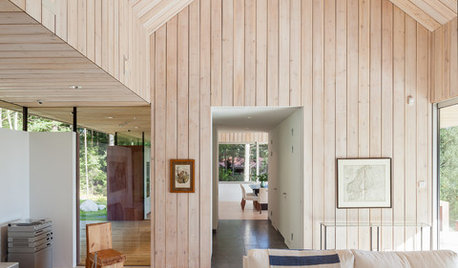
REMODELING GUIDES10 Tips for Choosing and Working With a Builder
Make your construction experience a happy one by following these steps
Full Story
HOUZZ TOURSMy Houzz: A Decorator and a Builder Bring Work Home
An interior decorator and her builder husband create the ideal contemporary family home for their needs
Full Story
HOUZZ TOURSMy Houzz: A Basic Builder Home Gets the Glam Treatment
From blank canvas to decorated beauty, this home in Massachusetts changed a family's life in more ways than one
Full Story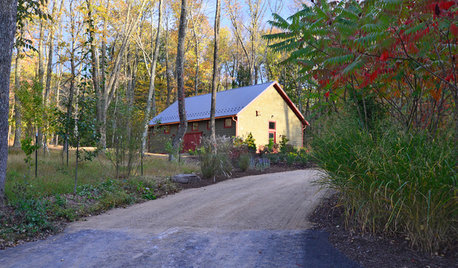
BACKYARD STUDIOSMaster Builder Crafts a Dream Workshop
A design-build firm owner uses an economical building method for his large shed and finishes it off nicely to blend into the scenery
Full Story
HOUZZ TOURSHouzz Tour: Builder's Beige Gets a Makeover
Home goes from boring to lively with color, furniture and textures to fit a family's personality
Full Story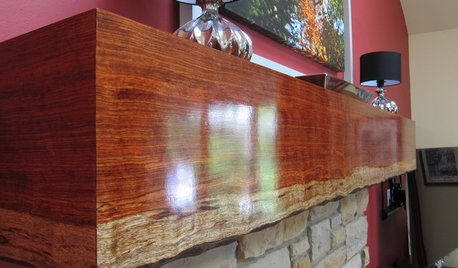
DECORATING GUIDESMantel Makeover: From Builder's Grade to Live-Edge Wood
See how an all-wrong mantel became a gorgeous fireplace focal point at the hands of an interior designer and her carpenter
Full Story
INSIDE HOUZZFollow Houzz at the 2014 International Builders’ Show
Missed the excitement in Las Vegas this year? Catch up on all the Houzz happenings right here
Full Story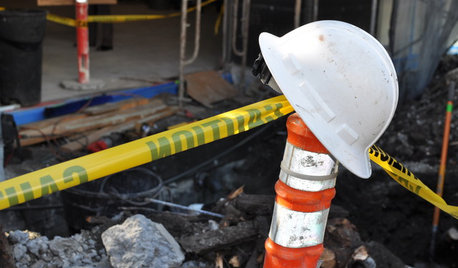
WORKING WITH PROSHow Long Is Your Contractor on the Hook?
Understand how a warranty protects homeowners from shoddy work — and builders from being liable for their work for forever and a day
Full Story
KIDS’ SPACESWho Says a Dining Room Has to Be a Dining Room?
Chucking the builder’s floor plan, a family reassigns rooms to work better for their needs
Full Story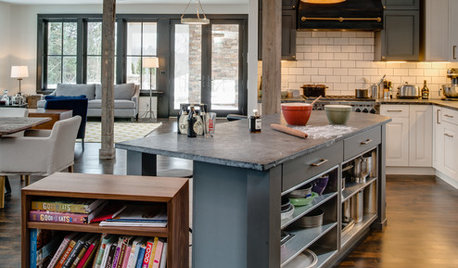
KITCHEN DESIGNKitchen of the Week: Working the Angles for Sophistication in Michigan
Blended styles and an unusual layout work together beautifully, while an angled kitchen island works hard for the cooks
Full Story





Embothrium
rhizo_1 (North AL) zone 7
Related Professionals
Bellflower Landscape Architects & Landscape Designers · Lakewood Landscape Architects & Landscape Designers · Salisbury Landscape Architects & Landscape Designers · Maple Valley Landscape Contractors · Belmont Landscape Contractors · Berwyn Landscape Contractors · Bristol Landscape Contractors · Broadlands Landscape Contractors · Canyon Lake Landscape Contractors · Cornelius Landscape Contractors · Englewood Landscape Contractors · New Brighton Landscape Contractors · Ocoee Landscape Contractors · Clearfield Landscape Contractors · Palm Desert Driveway Installation & MaintenanceEmbothrium
rhizo_1 (North AL) zone 7
Embothrium
rhizo_1 (North AL) zone 7